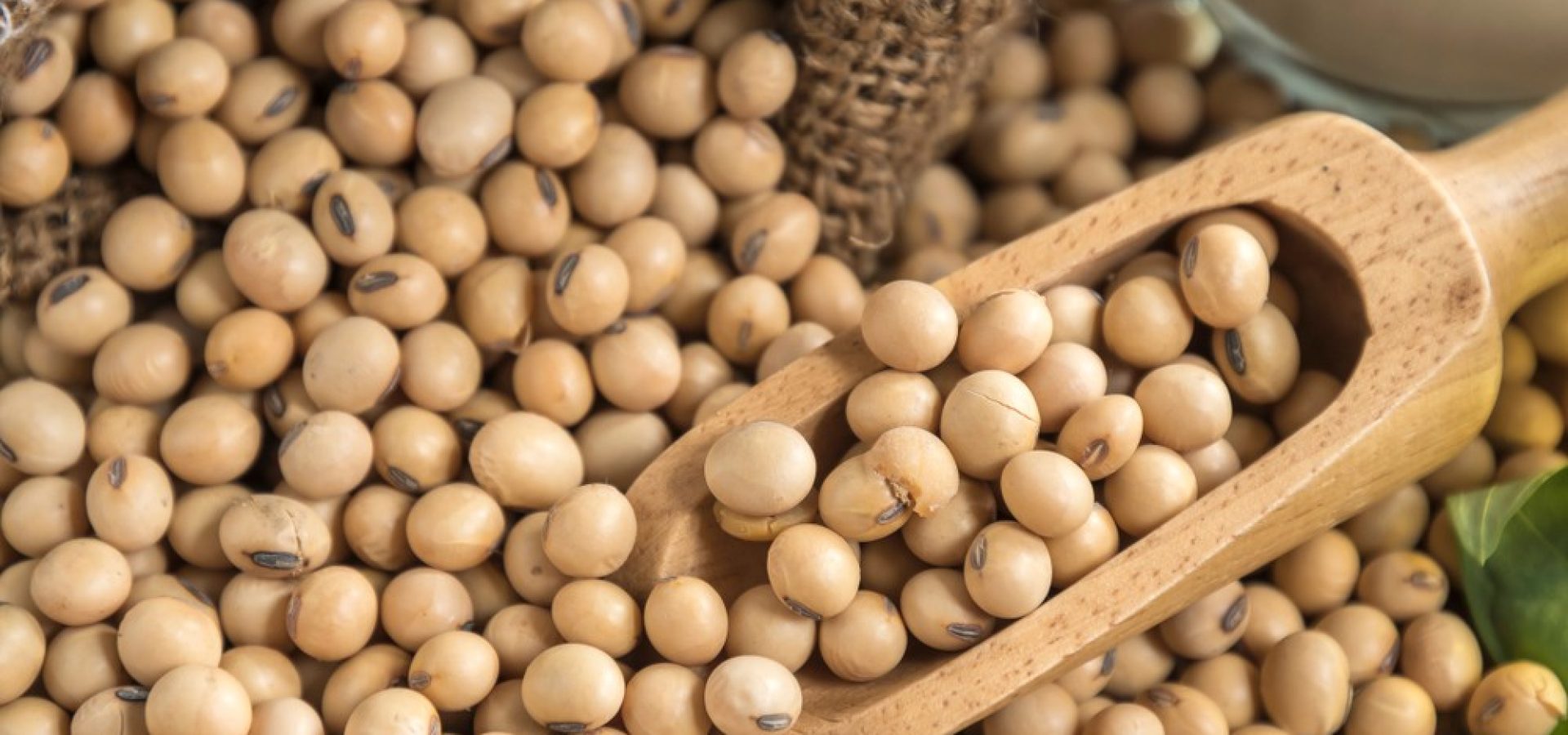Soybean futures in Chicago show high volatility. In May soybean futures settled 5¼¢ lower at $8.81¼. In July soybean futures closed 2¾¢ higher at $8.84¾.l
Diverse factors have influenced the soybean market. The main reason for the pressure of the prices is the coronavirus, which reduced demand from China. Now the outbreak is suspending ports in South America.
Are We Entering a Decisive Phase of Soybean Prices?
China is heading towards the normalization of its economic activity, and Chicago shows increases in the prices of all agricultural raw materials.
Until Thursday of last week, the prices of agricultural commodities made a downward journey. In the history of the previous decades, the losses were unprecedented.
As a consequence of the widespread fear of the pandemic, the price of oil has collapsed. Soybeans and corn reached unimagined minimums. A few days ago, soybeans on the CBOT market touched a level of $309 per ton for their May contract.
Exports of the Product from South America has Delayed
In January and February, after negotiations with the US, China increased its imports of US soybeans by around 14.2% compared to the last year. Despite the problems caused by a coronavirus, imports of soybeans increased from 11.83 to 13.51 million tonnes.
However, to prevent the spread of the coronavirus, Argentinian and Brazilian port cities imposed a quarantine. As a result, the export of soybeans stopped, and local currencies devalued. Still, the governments promised they would not stop exports. In March, Brazil plans to export 7 million tons.
Al Kluis, Kluis Advisors, says that the meal market is exploding as more ethanol plants shut. The threat of a port strike in Argentina and Brazil has been definite for soybean prices.
In Ukraine, soybeans are in high demand, which causes competition. Hence, exporters and processors gradually raise prices.
Soybean producers are holding back sales in expectation of further price growth. Still, the lack of export from South America caused by the quarantine may lead to a decrease in demand.
It is worth remembering that China is the largest importer of oilseeds in the world. In the first month of this year, the commodity the country imported was worth USD 6.1 billion.
The commercial relationship tends to normalize. The restrictions in Hubei province, the epicenter of the coronavirus, are over. The quarantine is over. It will only continue in the provincial capital, Wuhan, until April 8.
Since Thursday, Chicago shows increases in the prices of all agricultural raw materials.









COMMENTS